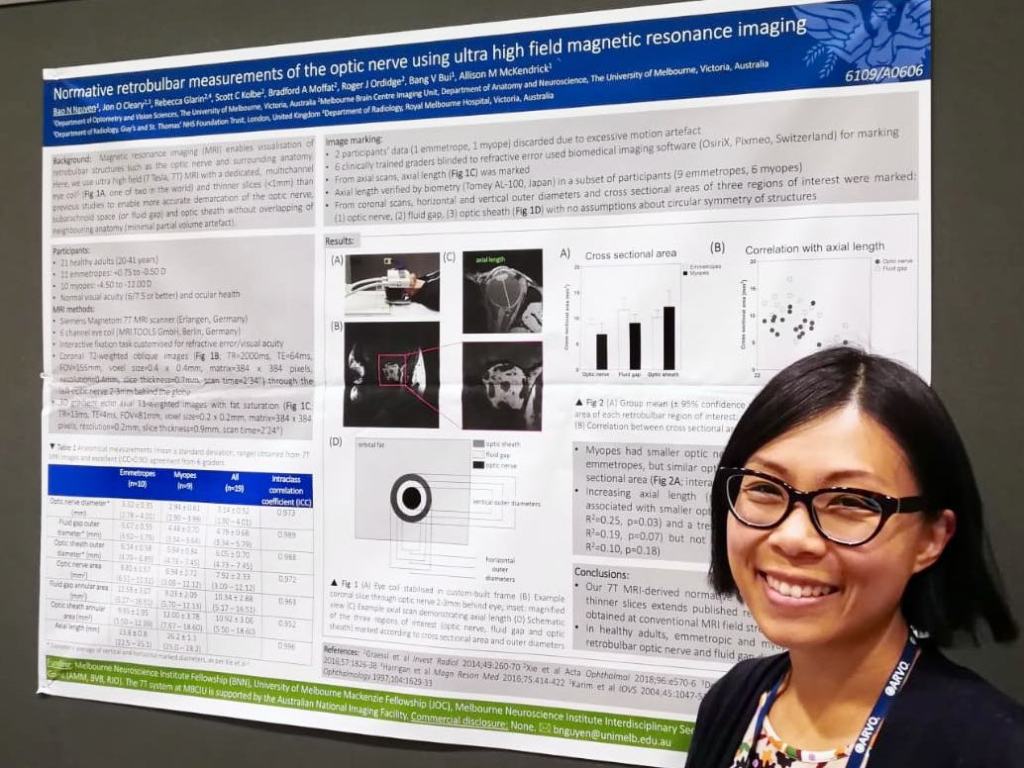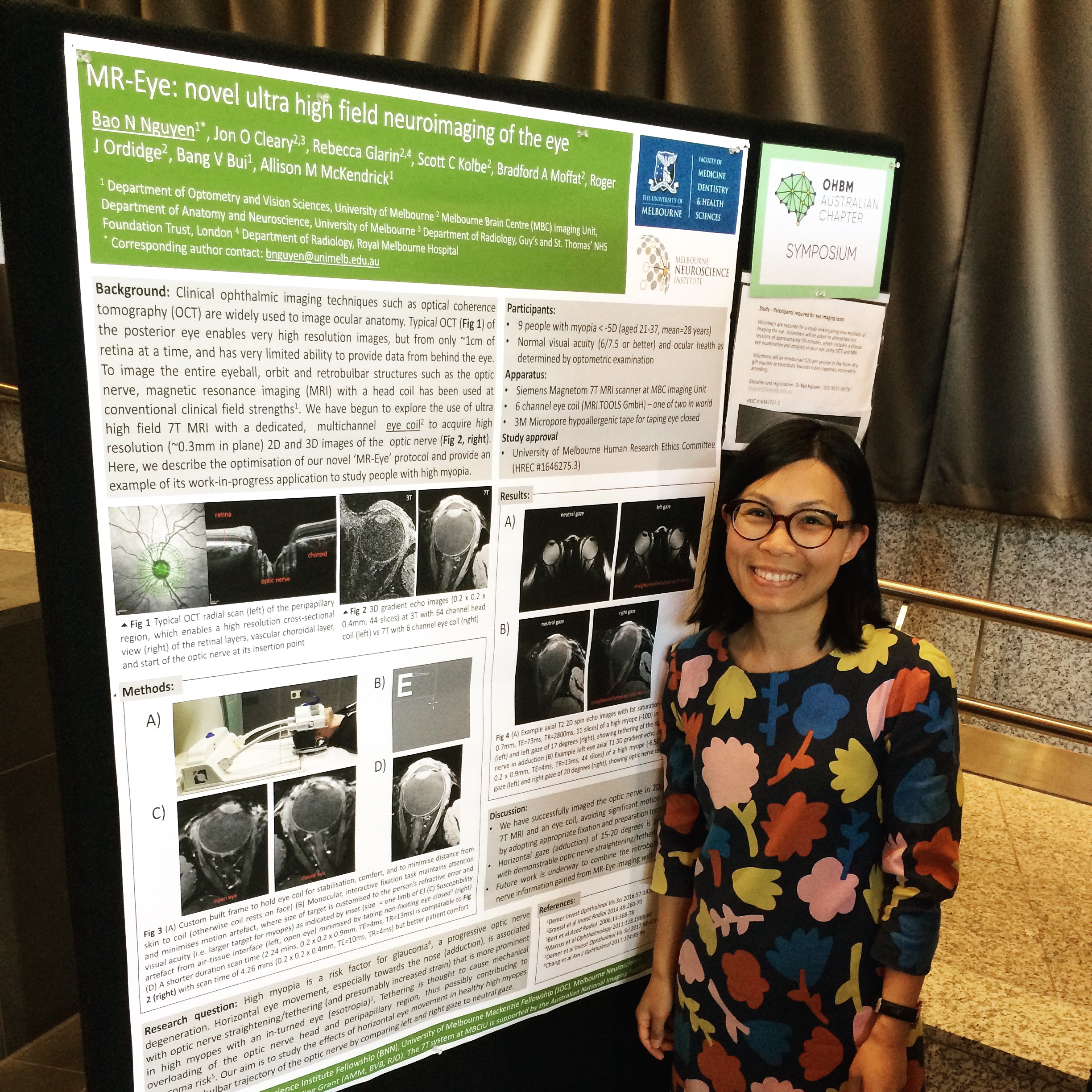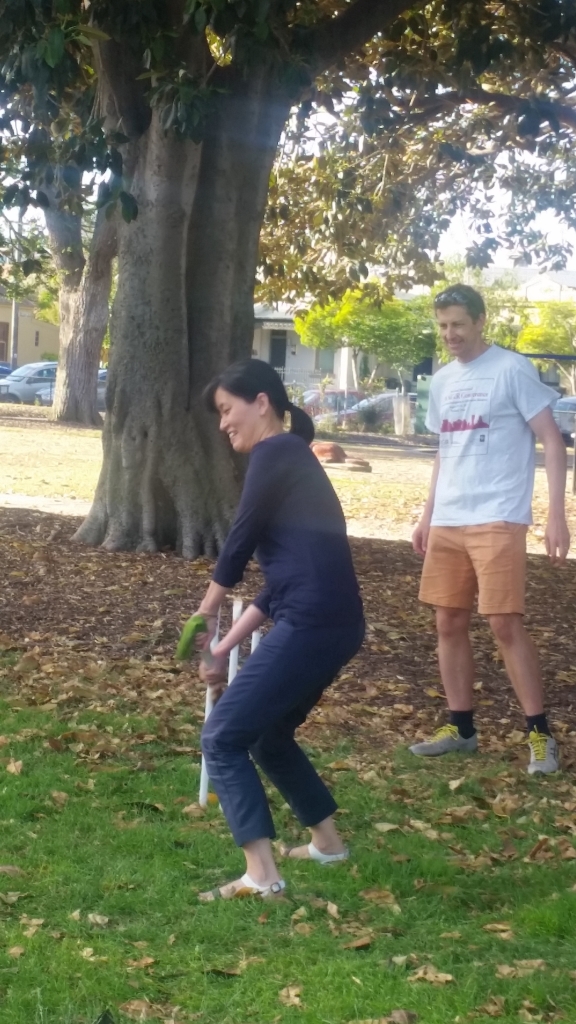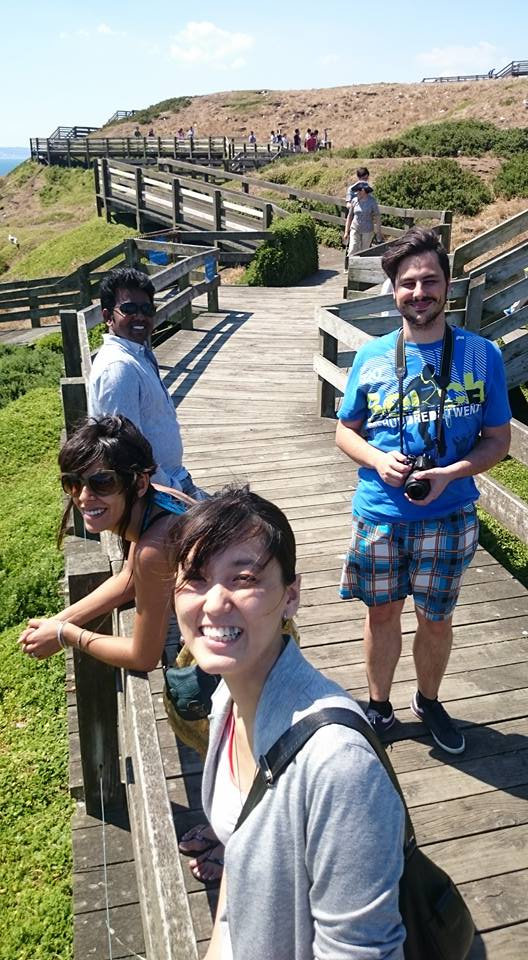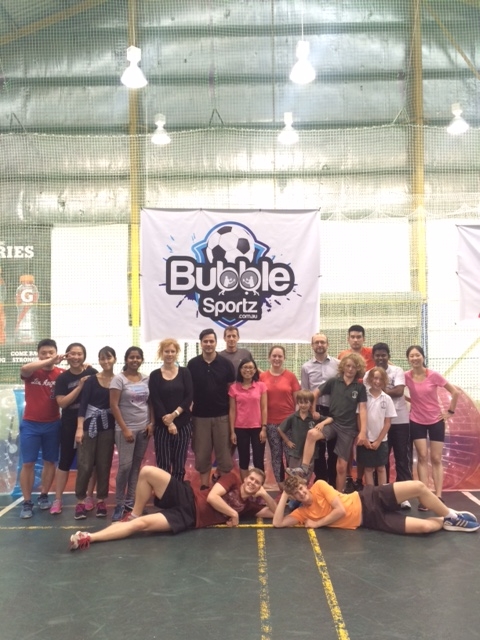Thanks to a Melbourne Neuroscience Institute fellowship, Dr Bao Nguyen was able to spend a year pursuing a new collaboration between our lab and the Melbourne Brain Centre Imaging Unit at the University of Melbourne. The Imaging Unit houses a unique combination of a state-of-the-art 7 Tesla magnetic resonance imaging scanner (known as 7T MRI, which has improved signal-to-noise ratio compared with conventional clinical scanners of 1.5T and 3T) and a dedicated eye coil (not the usual head coil that is used for brain imaging) that is designed specifically for imaging the eye and surrounding anatomy.
Our collaboration has led to two papers. Firstly, we were invited to feature our work in a special issue of Magnetic Resonance Imaging Clinics of North America describing how we used the technology to acquire 2D and 3D images of ocular anatomy. We demonstrated that, with careful consideration of participant preparation and sequence selection to maximise image quality, it is clinically feasible to obtain ultra high field ocular and orbital MRI images with minimal artefacts. This information is useful for improved MRI investigations of ocular conditions that affect the structural integrity of the eye and its surrounding anatomy. The paper can be accessed here.
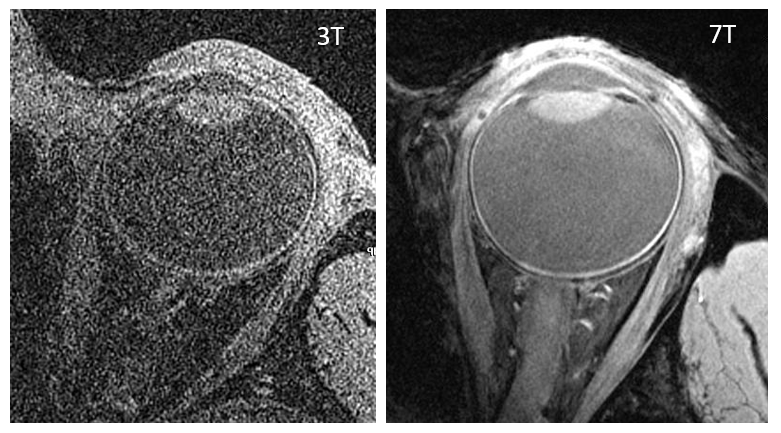
Our second paper, published in Translational Vision Science and Technology, demonstrates the feasibility of using 7T MR-EYE (with a dedicated eye coil) to enable measurement of the optic nerve, subarachnoid space (where fluid surrounding the brain also flows) and optic nerve sheath (the protective covering around optic nerve) behind the eye. The area just behind the eyeball, where the optic nerve exits the eye, is of clinical interest because this is where changes in intracranial (brain) pressure can impact on the optic nerve. It is also of clinical interest to better understand why some optic nerves may be more susceptible to damage, such as in eyes that are elongated (high short-sightedness, or myopia). Because one of the major advantages of MRI over conventional ophthalmic imaging such as optical coherence tomography (OCT) is the ability to image anatomy at depths behind the eyeball, we used our MR-EYE technology to image young, healthy eyes with and without high myopia to see if there were any anatomical differences. Our findings suggest that even without any signs of optic nerve damage, the cross-sectional dimensions of the optic nerve and fluid-filled subarachnoid space behind the eyeball are influenced by the degree of myopia. The paper is available to read open-access here.
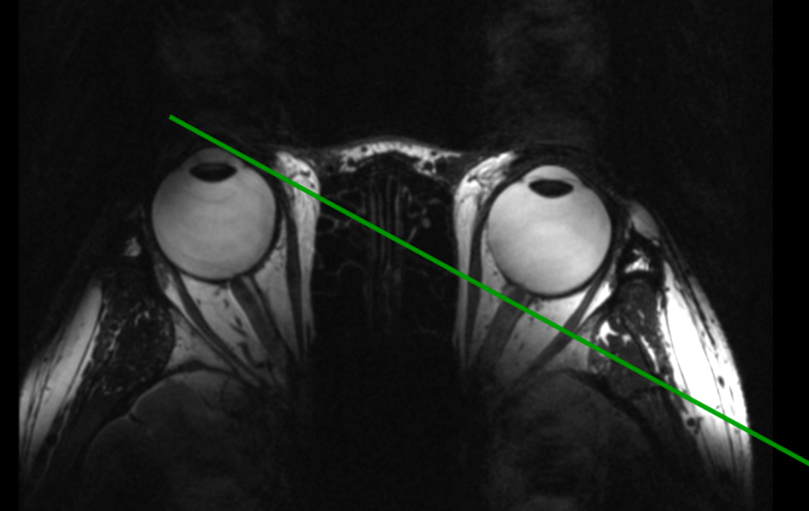
Part of this work has also been presented at several national and international conferences, including at the 2019 Association for Research in Vision and Ophthalmology in Vancouver, Canada (in the pre-COVID era!)
